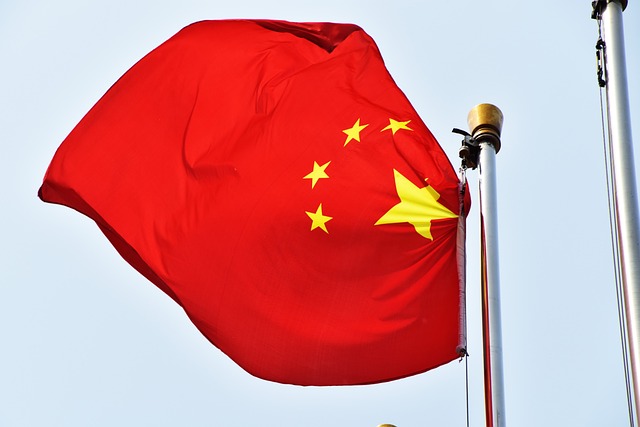Over the past decade, China has made remarkable contributions to global green transformation, thanks to its continuous technological advancements, complete industrial supply chains and favorable market environment, according to a recently released white paper.
China’s green energy development has become a driving force for the global energy transition, significantly alleviating global inflation pressures while addressing climate change, the white paper issued by the State Council Information Office showed.
China, the world leader in renewable energy generation capacity, has been responsible for over 40 percent of the annual additions to global renewable energy capacity since 2013, with the newly installed capacity accounting for more than half of the world’s total in 2023, the paper, titled “China’s Energy Transition”, pointed out.
From 2014 to 2023, the share of nonfossil fuels in global energy consumption rose from 13.6 percent to 18.5 percent, with China accounting for 45.2 percent of the increase. Today, China is collaborating with more than 100 countries and regions on green energy projects, the white paper noted.
Zhang Jianhua, head of China’s National Energy Administration, credited the swift growth of the nation’s renewable energy sector to ongoing technological innovations, well-established industrial supply chains and a supportive market environment.
China has established a relatively complete supply chain for wind and solar power industries at home, while actively integrating into the global clean energy supply chain, continuously sharing high-quality clean energy products with the world, said Zhang.
Chinese wind and solar technology as well as products are exported to many countries and regions worldwide, helping these countries, particularly developing ones, gain access to clean, reliable, and affordable energy, he said.
Zhang said China continues to advance in technology, with rapid upgrades of products. Innovations in photovoltaic technologies, such as high-efficiency crystalline silicon cells and perovskite cells, have repeatedly set new world records in conversion efficiency, with mass-produced advanced crystalline silicon photovoltaic cells now achieving conversion efficiencies exceeding 25 percent.
In wind power, technologies such as long blades and high towers are at the forefront globally, and the maximum capacity of offshore wind turbines has reached 18 megawatts, he said.
“As a strong advocate for global energy transition, China will continue working with other members of the international community to plan energy cooperation together, address global climate change and create a clean world for all,” he added.
Zhang said China will phase out fossil fuels and reform its electricity system, while promoting green electricity trading and replacing fossil fuels with renewable energy.
According to the white paper, China has become the world’s largest investor in energy transition, reaching $676 billion in 2023.
The International Energy Agency has recognized China as a front-runner in the global renewable energy sector and a major driving force behind the world’s rapid expansion of renewable energy capacity.
Analysts said China has been stepping up efforts to reform its energy production and consumption methods while upgrading its energy supply capacity.
“China is at a pivotal moment in both the national and global energy transition, with rapid development seen in renewable energy in the country,” said Deng Simeng, a senior analyst for renewables and power research at global consultancy Rystad Energy.
“Buoyed by supportive policies, competitive advancements in the domestic supply chain and a reliable grid system, China is on track to accelerate energy transition with continuous renewable energy projects in place,” she said.
“All types of renewables including solar, wind, battery storage and green hydrogen will be crucial to this transition, transforming China from a coal-dependent giant into a leader in clean energy.”
According to the consultancy, over half of the additions to renewable capacity this year will come from China. By the end of July, China had installed 1,206 gigawatts of wind and solar power capacity, exceeding the 1,200 GW national target set for 2030, meaning it has accomplished the target six years ahead of schedule.
While many experts believe China’s carbon emissions could peak before its 2030 target, Song Wen, deputy director-general of the administration’s agency planning department, said the dual carbon target will not be changed and the major targets the country has committed to will not be moved.
A report from the International Renewable Energy Agency said that global wind power projects have seen average power generation cost per kilowatt-hour decrease by more than 60 percent over the past decade, while solar power projects have seen a cost reduction of more than 80 percent. The cuts are largely attributable to China’s green energy shift, the report said.
Source: China Daily
Legal Notice: The information in this article is intended for information purposes only. It is not intended for professional information purposes specific to a person or an institution. Every institution has different requirements because of its own circumstances even though they bear a resemblance to each other. Consequently, it is your interest to consult on an expert before taking a decision based on information stated in this article and putting into practice. Neither Karen Audit nor related person or institutions are not responsible for any damages or losses that might occur in consequence of the use of the information in this article by private or formal, real or legal person and institutions.






